15 Unexpected Foods Pioneers Had to Eat
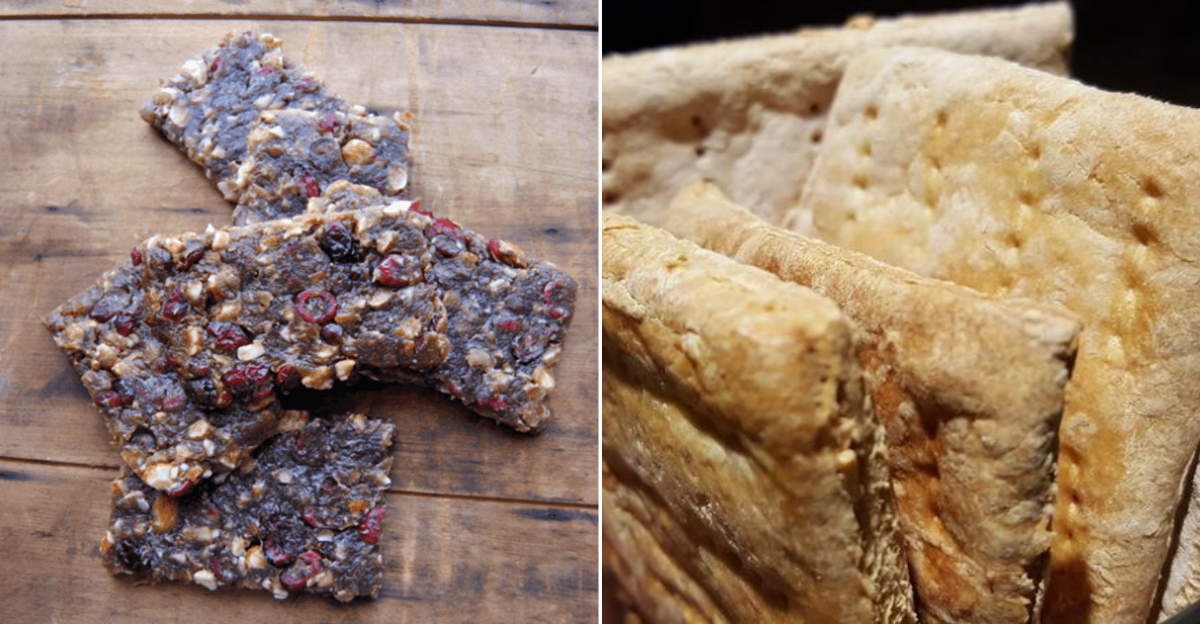
When settlers ventured west across America in the 1800s, grocery stores weren’t exactly around the corner. Pioneer families relied on creativity, necessity, and sometimes desperation to keep food on the table.
Their daily meals often included ingredients that would surprise us today, showing just how resourceful these brave folks had to be just to survive another day on the frontier.
1. Hardtack (Rock-Hard Survival Biscuit)
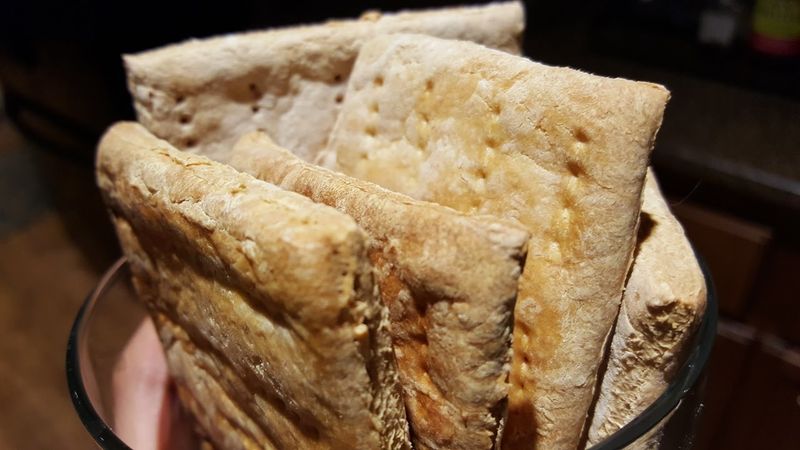
Made from flour, water, and sometimes salt, hardtack earned nicknames like ‘molar breakers’ and ‘sheet iron crackers’ for good reason. These dense biscuits could last for years without spoiling, making them ideal for long journeys when fresh food wasn’t an option.
Pioneers would often soften hardtack by dipping it in coffee or crumbling it into stews. Without this step, eating hardtack risked cracking teeth!
2. Squirrel Stew
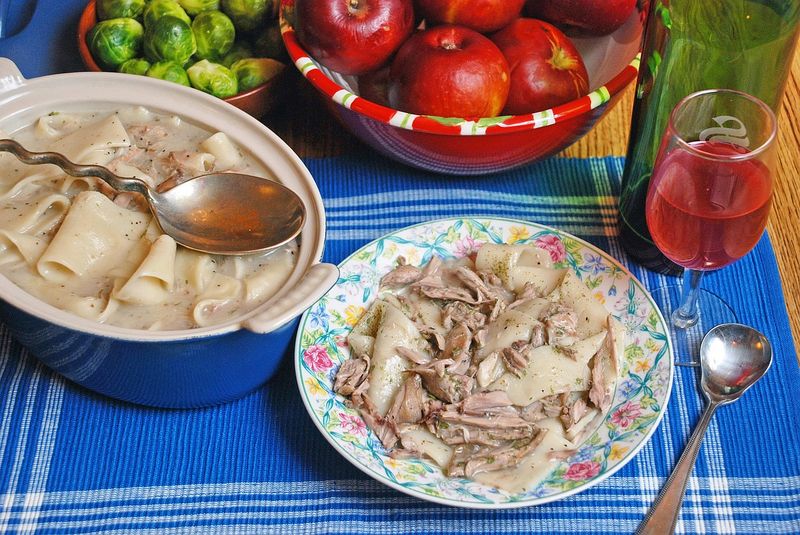
Hunting small game became a daily necessity for pioneers, with squirrels offering a reliable protein source when larger animals were scarce. A single squirrel could feed a small child, while several made a hearty family meal when combined with foraged vegetables and wild herbs.
The meat tasted similar to rabbit but required careful preparation to remove small bones. Pioneers would typically parboil the meat before adding it to a stew pot with whatever vegetables were available.
3. Prairie Dog Meat
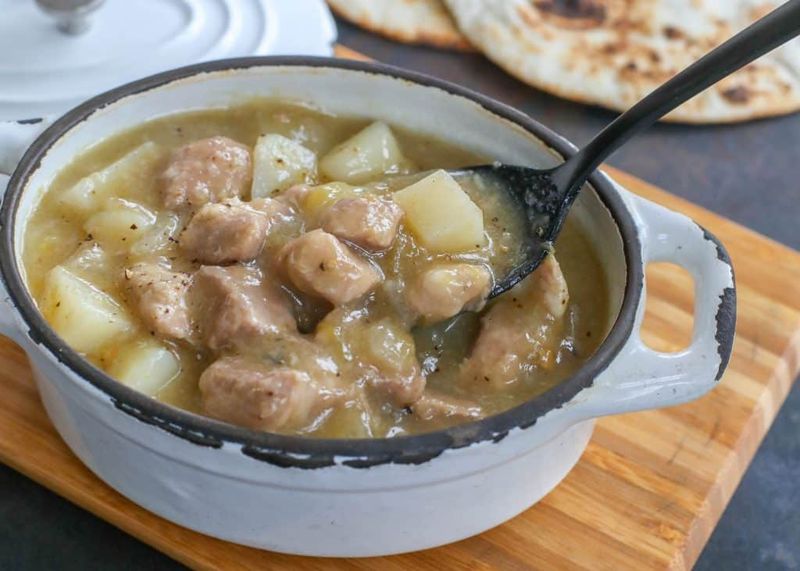
When crossing the Great Plains, hungry travelers often turned to prairie dogs as an abundant food source. These small, plump rodents lived in massive colonies, sometimes spanning miles, making them relatively easy to hunt despite their quickness to disappear underground.
Native Americans taught settlers various preparation methods, including roasting the meat on sticks over an open flame or stewing it with wild onions.
4. Pemmican
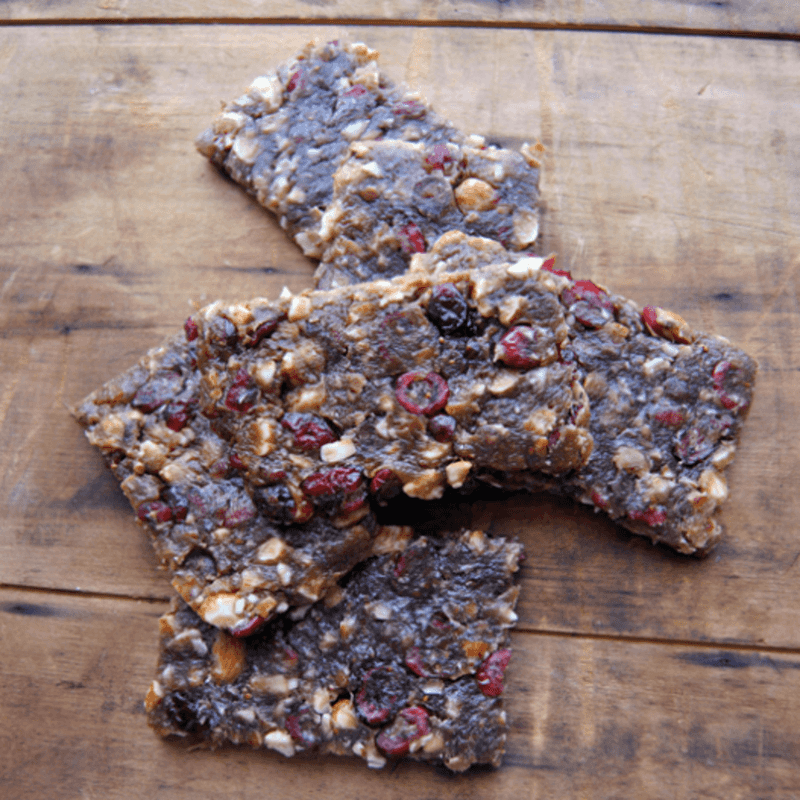
Pemmican was a staple for many pioneers, offering a concentrated source of energy. This mixture of dried meat, fat, and berries was compact and calorie-dense, ideal for long journeys and harsh conditions.
Creating pemmican required attention to detail. The meat was dried and pounded into a powder before being mixed with melted fat and occasionally berries.
5. Cactus Pads (Nopalitos)
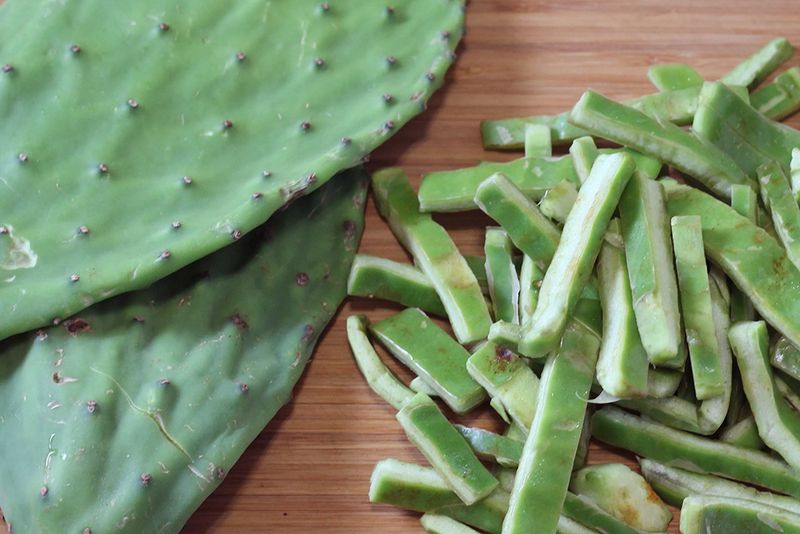
In the southwestern territories, prickly pear cactus pads became a green vegetable source for resourceful pioneers. After carefully removing the spines with a knife or burning them off, these flat green pads offered a tangy, slightly slimy texture similar to green beans or okra.
Mexican settlers taught newcomers to dice the pads and scramble them with eggs or add them to stews. Rich in vitamin C, nopalitos helped prevent scurvy during winter months.
6. Salt Pork

The staple protein for many pioneer families, salt pork consisted of fatty pork sides preserved in heavy salt brine. Unlike modern bacon, this meat was often so salty it required overnight soaking before becoming edible.
Families stored barrels of salt pork for months at a time, relying on it when fresh meat wasn’t available. Pioneer cooks would slice thin pieces to flavor beans, cornbread, and vegetable dishes.
7. Acorn Bread
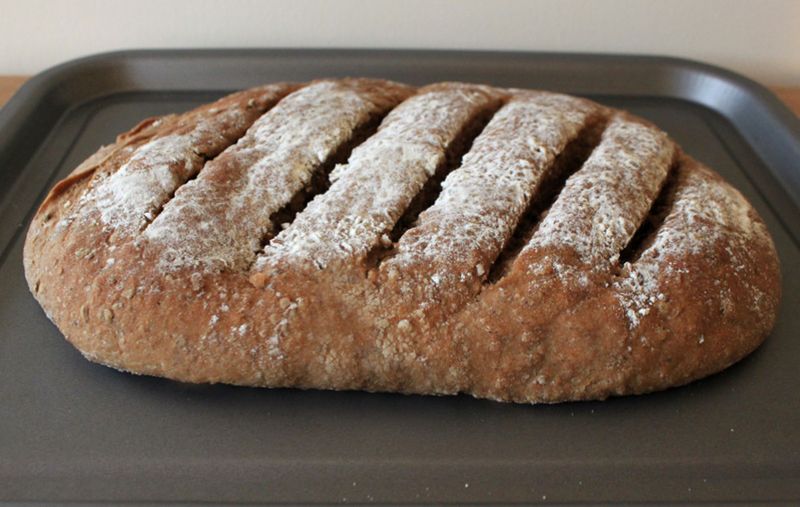
When wheat flour ran scarce, pioneers adopted Native American techniques for making flour from abundant acorns. This process wasn’t simple – acorns contain bitter tannins that required multiple soakings in fresh water to remove.
After leaching, acorns were dried, ground into meal, and mixed with a small amount of wheat flour when available. The resulting bread had a dense, slightly sweet flavor with nutty undertones.
8. Roasted Grasshoppers
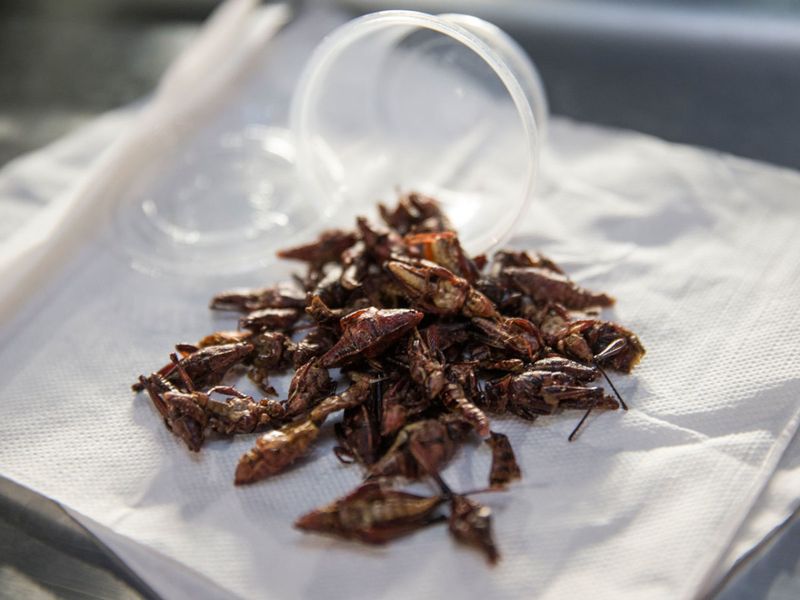
After capturing the insects, settlers would remove the legs and wings, then roast them over coals until crispy. The taste reportedly resembled nutty, slightly sweet shrimp.
Native Americans taught settlers to grind dried grasshoppers into protein-rich flour for winter use. This insect flour could extend limited wheat supplies or thicken stews. Missionary diaries record initial disgust giving way to practical acceptance as hungry families adapted to this unexpected protein source.
9. Lard-Fried Corn Cakes

Made from cornmeal, water, and sometimes a pinch of salt, these humble cakes required minimal ingredients but filled hungry bellies.
Morning corn cakes might be drizzled with molasses or honey when available, while evening versions often included cracklings (crispy bits of rendered fat) for extra flavor and sustenance. Their simplicity meant even the poorest families could maintain this basic sustenance.
10. Bear Fat For Cooking And Eating
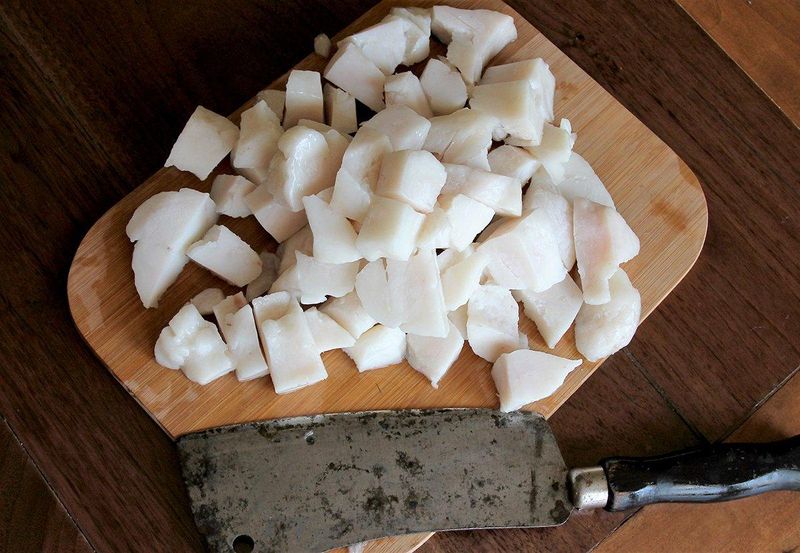
After a successful bear hunt, pioneers prized the fat even more than the meat. A single large bear could yield gallons of rendered fat, providing precious cooking oil for months. The rendering process filled cabins with a distinctive smell as chunks of fat slowly melted down in large kettles.
Unlike pork lard, bear grease remained liquid at room temperature and had a distinctive flavor that varied based on the bear’s diet.
11. Dried Apples And Berries (Without Sugar)
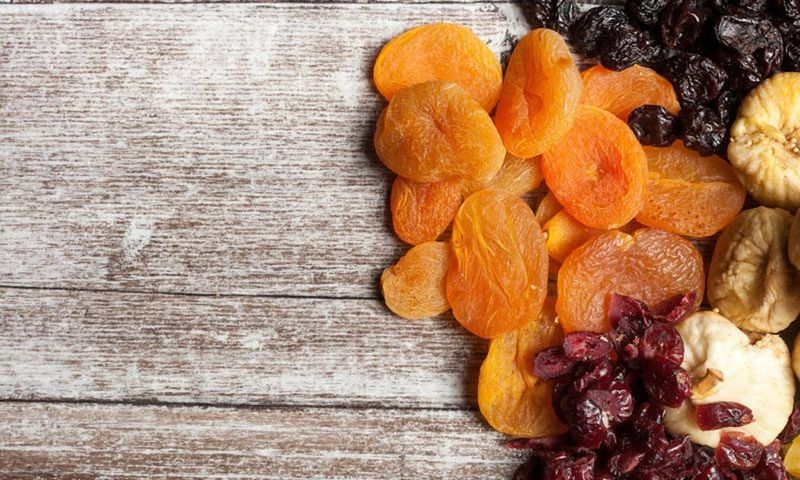
Summer’s brief bounty became winter’s survival food through careful preservation. Pioneer women strung apple slices on cords or spread berries on cloth-covered boards to dry in the sun.
Without added sugar, these dried fruits retained a tartness that modern palates might find challenging. The precious dried produce was then stored in cloth bags or sealed containers for winter use. Many settler diaries mention the monotony of winter meals being broken by the special treat.
12. Cornmeal Mush
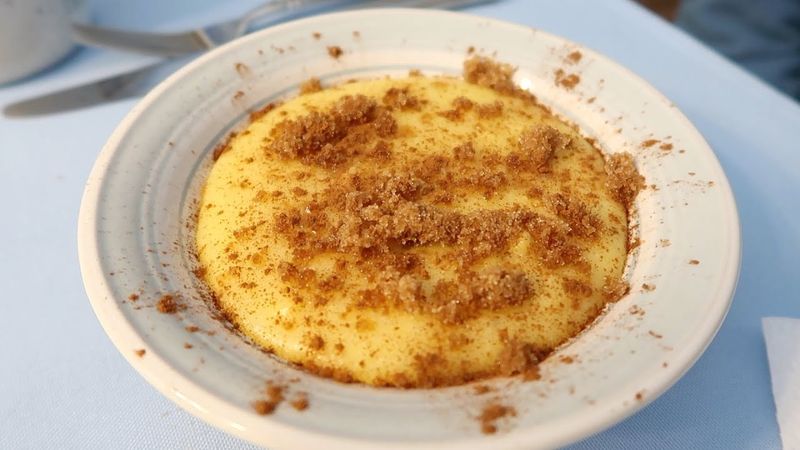
Morning, noon, and night – cornmeal mush appeared at pioneer tables with relentless frequency. This simple porridge of cornmeal boiled in water formed the backbone of frontier nutrition when other options dwindled. Families ate it hot for breakfast, sometimes with milk or molasses if available.
Leftover morning mush congealed throughout the day, becoming firm enough to slice and fry for dinner. The constant presence of cornmeal mush in pioneer diets reflected both corn’s abundance and its ease of preservation.
13. Chokecherry Jam (Tart Frontier Spread)

Small, astringent chokecherries grew wild across much of the frontier, offering resourceful settlers a free fruit source despite their mouth-puckering tartness.
The deep purple spread added rare sweetness to otherwise plain meals and provided vitamin C throughout winter months. The jam’s intense flavor brightened monotonous winter bread and biscuits.
14. Wild Onion And Garlic Soups
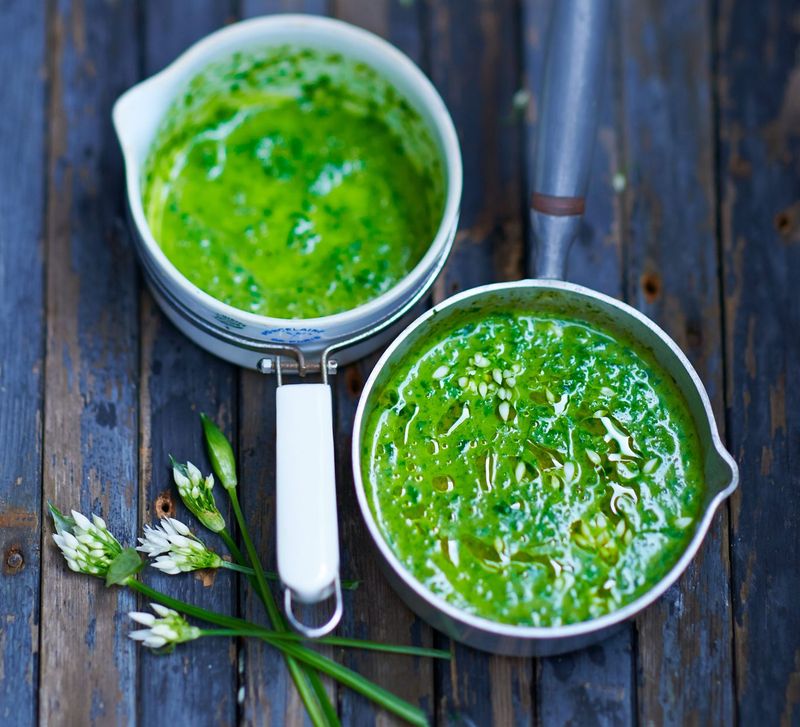
Early spring brought welcome relief from winter’s dietary monotony as wild onions and garlic pushed through the soil. These pungent plants, gathered by the basketful, flavored simple soups that helped combat winter’s nutritional deficiencies.
Their strong aroma filling a cabin signaled the welcome change of seasons. When available, pioneer cooks added wild greens, dried meat, or precious salt to enhance the flavor.
15. Vinegar Pie (A Pie Without Fresh Fruit)
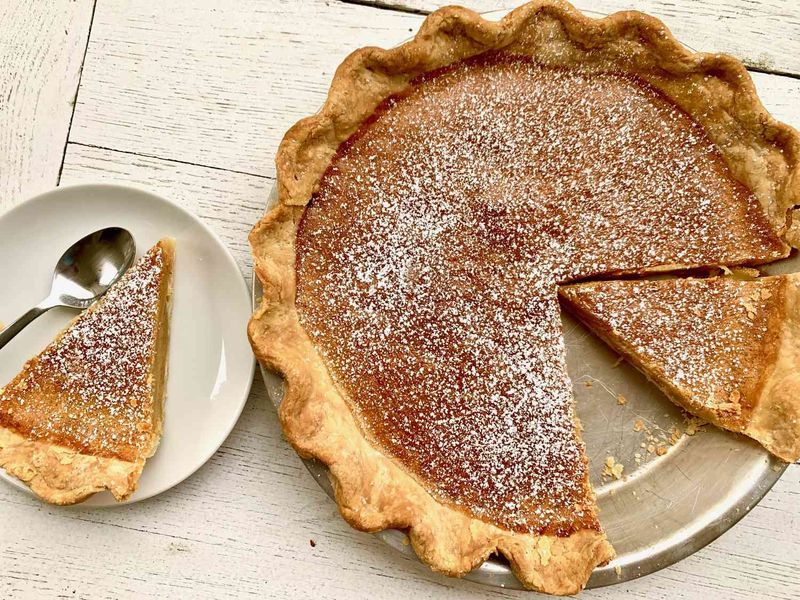
This surprising dessert combined vinegar with water, sugar, flour, and spices to mimic the tartness of apples or lemons. The resulting custard-like filling in a simple crust offered the comfort of dessert during the bleakest months.
Creating something sweet from such limited ingredients represented the frontier spirit of making do with whatever was available.
